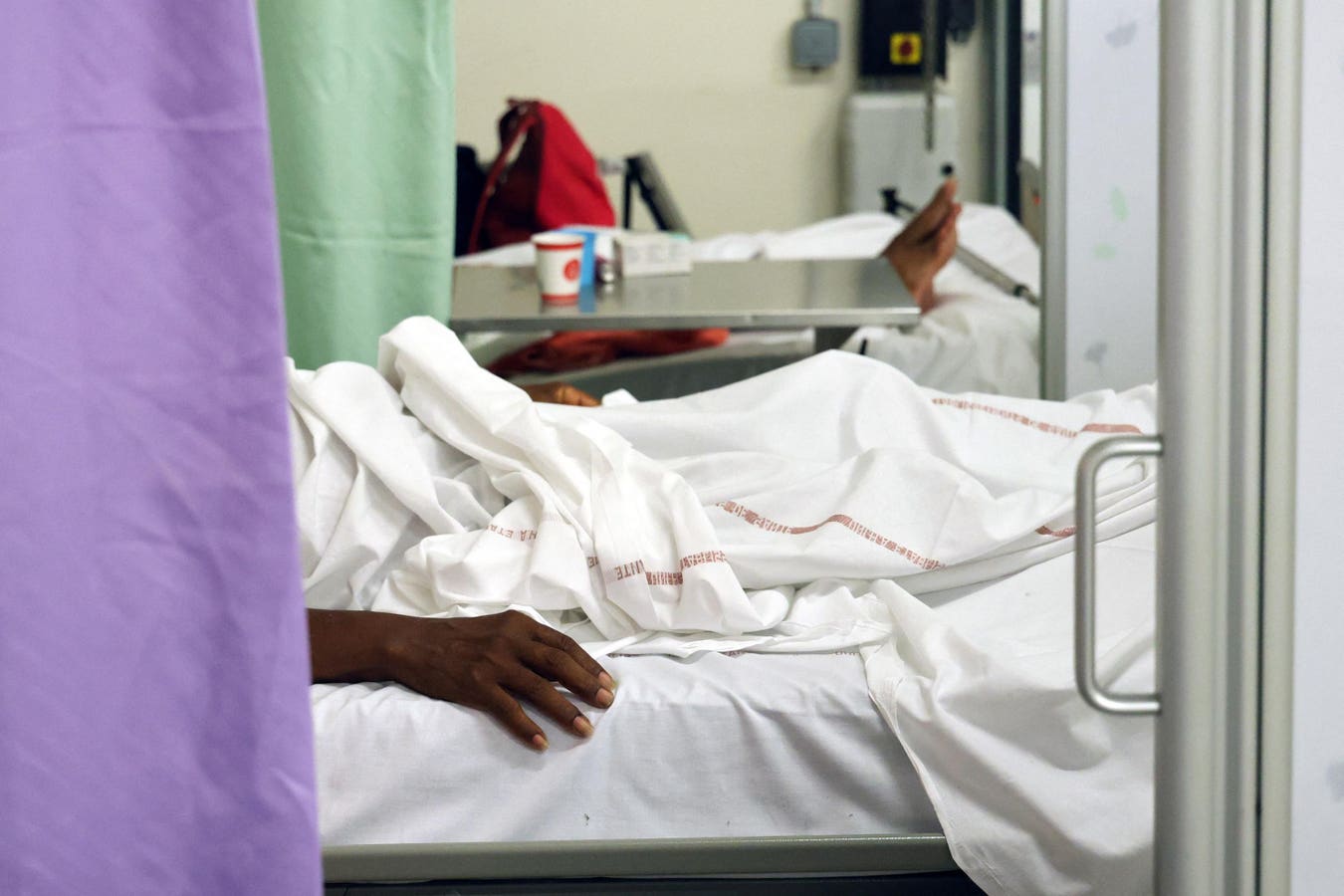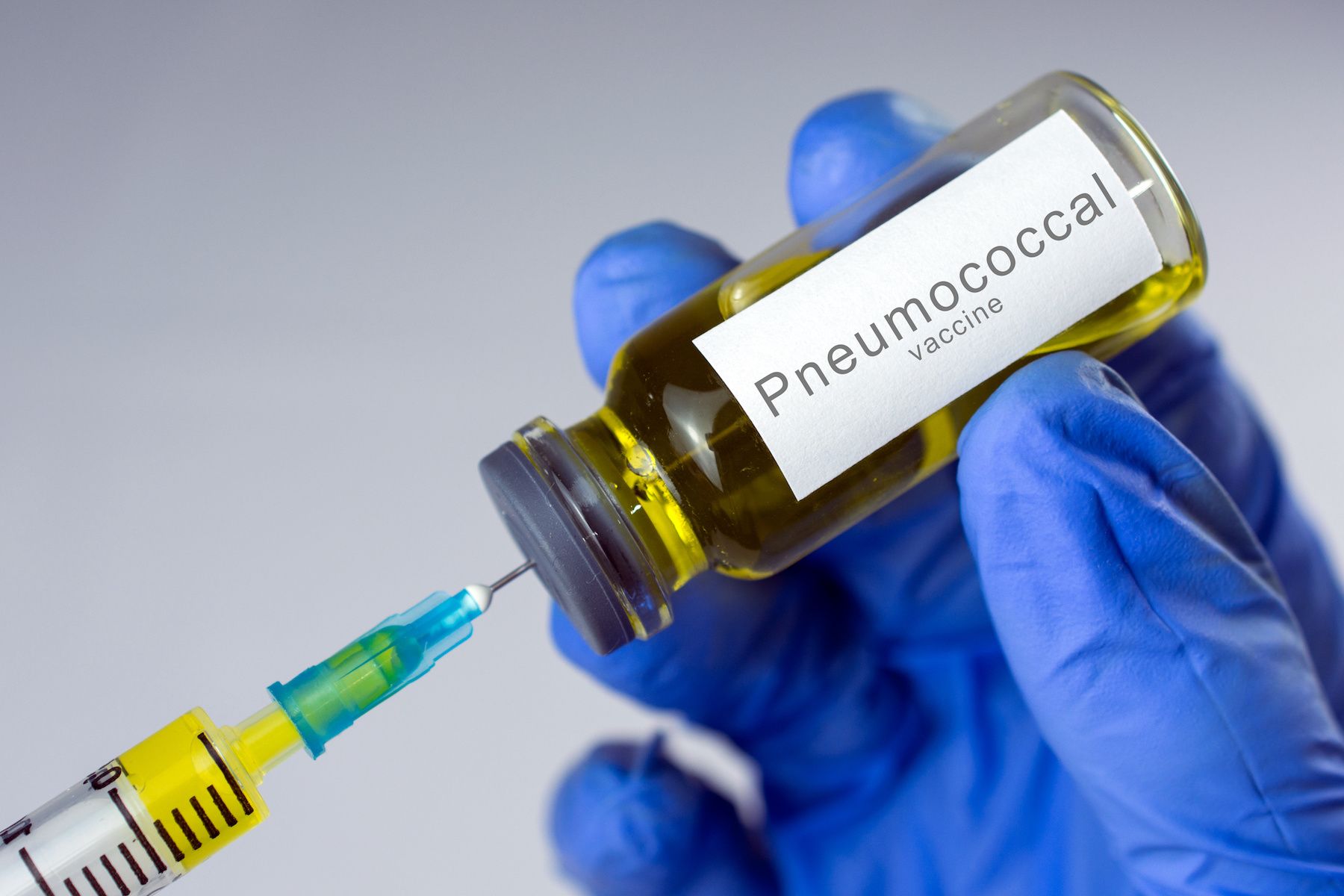Patients with chikungunya are hospitalized following infection.
AFP via Getty Images
New York health officials recently confirmed the state’s first locally-acquired case of chikungunya virus, marking the first such case in the United States…

Patients with chikungunya are hospitalized following infection.
AFP via Getty Images
New York health officials recently confirmed the state’s first locally-acquired case of chikungunya virus, marking the first such case in the United States…

Adjuvant chemoradiotherapy improved survival outcomes vs pelvic radiotherapy alone in patients with high-risk endometrial cancer, with the most clinically relevant benefit observed in those with p53 abnormalities, according to preplanned…

Immune checkpoint inhibitors are well known as a form of cancer treatment. Researchers at UZH have now identified a new, important function of these inhibitors: promotion of tissue healing. This finding could help advance the…

People diagnosed with cancer face the possibility of sexual dysfunction after undergoing cancer treatment. However, a recent study found that although patients are willing to receive care and information about sexual health, organizational…

Pneumococcal infections were significantly reduced among children in the first 3 years of Poland introducing the 10-valent pneumococcal conjugate vaccine (PCV10) to its National Immunization Program (NIP), according to a study published in…
This request seems a bit unusual, so we need to confirm that you’re human. Please press and hold the button until it turns completely green. Thank you for your cooperation!